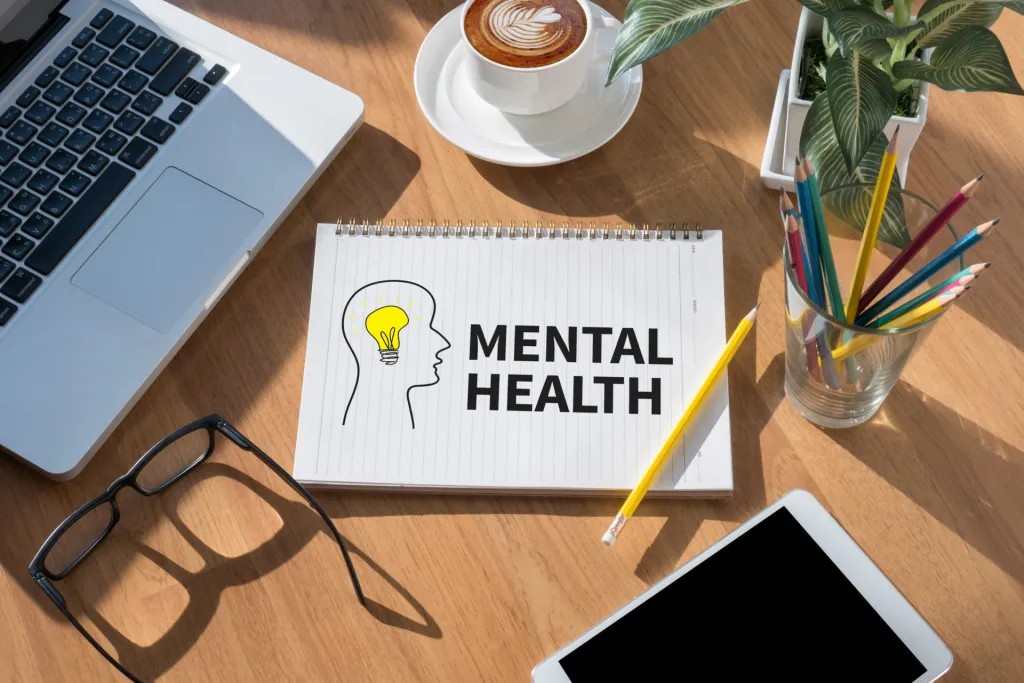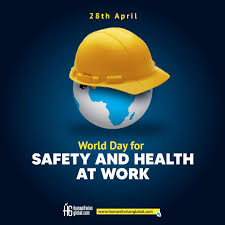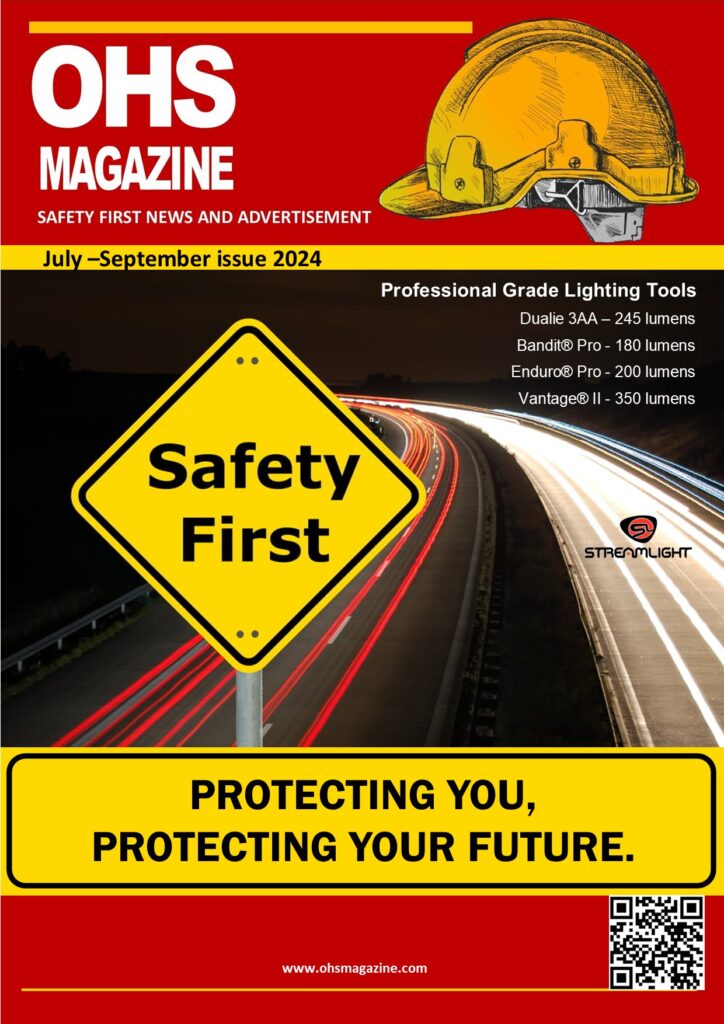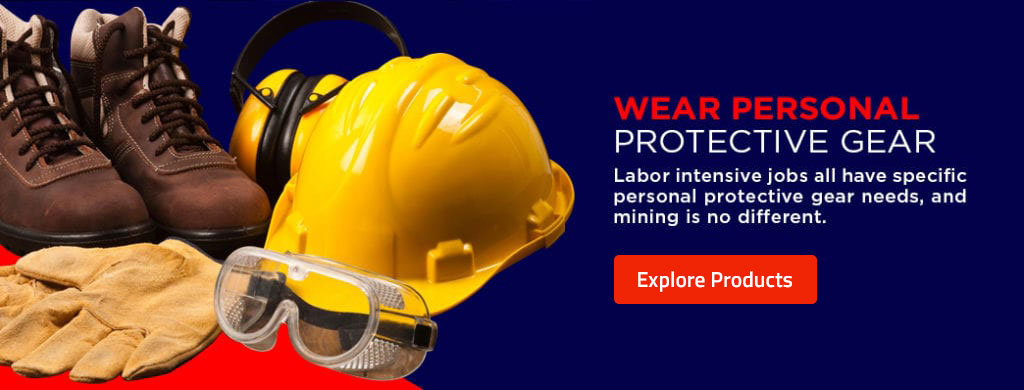Mental Health in the Workplace: Strategies for a Holistic Safety Program
Executive Summary
The workplace is an integral part of many people’s lives, serving as a source of purpose, social connection, and financial stability. However, it can also be a source of stress and mental health challenges. As organizations increasingly recognize the importance of Occupational Health and Safety (OHS) frameworks, integrating mental health as a core component is essential to foster a truly holistic safety culture. This white paper explores the necessity of addressing mental health in workplace safety programs and provides actionable strategies for employers to create comprehensive and effective frameworks.
The Case for Mental Health Integration into OHS Frameworks
The Growing Prevalence of Workplace Mental Health Issues
- Statistics Highlighting the Need: Mental health issues, such as anxiety, depression, and burnout, affect millions of employees worldwide. According to the World Health Organization (WHO), depression and anxiety cost the global economy an estimated $1 trillion annually in lost productivity.
- Impact on Business Outcomes: Poor mental health not only reduces employee productivity but also increases absenteeism, turnover, and healthcare costs. For instance, the American Psychological Association (APA) notes that workplace stress accounts for approximately 50% of lost workdays.
The Legal and Ethical Imperatives
- Regulatory Requirements: Many countries now mandate employers to address psychological risks as part of their OHS responsibilities. For example, Canada’s National Standard for Psychological Health and Safety in the Workplace provides guidelines for organizations to promote mental well-being.
- Corporate Social Responsibility (CSR): Beyond compliance, integrating mental health into safety programs demonstrates an organization’s commitment to employee well-being and sustainable business practices.
Holistic Safety: Physical and Mental Health Are Interconnected
- Psychosocial Factors and Physical Safety: Stress and fatigue can impair judgment, increasing the likelihood of accidents. Addressing mental health reduces these risks and supports a safer workplace overall.
Strategies for Employers: Building a Holistic Mental Health Safety Program
1. Conduct a Mental Health Risk Assessment
- Identify Psychosocial Hazards: Use surveys, focus groups, and anonymous reporting tools to identify stressors such as excessive workloads, unclear job expectations, or workplace bullying.
- Data-Driven Decisions: Analyze incident reports and absenteeism data to pinpoint trends related to mental health.
2. Develop and Implement Comprehensive Policies
- Mental Health Inclusion in OHS Policies: Explicitly include mental health in workplace safety policies, emphasizing its equal importance to physical safety.
- Zero-Tolerance Policies: Address workplace harassment and bullying through clear, enforceable guidelines.
3. Promote Awareness and Training
- Leadership Training: Equip managers with skills to recognize mental health challenges and provide appropriate support.
- Employee Education: Offer workshops on stress management, resilience, and recognizing early signs of mental health issues.
4. Foster a Supportive Workplace Culture
- Normalize Conversations About Mental Health: Encourage open dialogue and reduce stigma through campaigns, mental health champions, or employee resource groups.
- Flexible Work Options: Provide accommodations such as remote work, flexible schedules, or wellness breaks to support work-life balance.
5. Provide Access to Mental Health Resources
- Employee Assistance Programs (EAPs): Offer confidential counseling services and mental health resources.
- Onsite and Digital Tools: Provide access to wellness apps, mindfulness programs, or mental health professionals onsite.
6. Measure, Monitor, and Adjust
- Regular Assessments: Conduct periodic evaluations of mental health initiatives to gauge their effectiveness.
- Employee Feedback: Use anonymous surveys to gather input and identify areas for improvement.
- KPIs for Mental Health: Develop metrics such as employee engagement, stress levels, and utilization rates of mental health programs.
Case Studies: Success Stories of Holistic Safety Programs
1. Example: TechCorp’s Mental Health Integration
- What They Did: TechCorp implemented a robust mental health program, offering monthly mental health workshops and 24/7 access to virtual therapy sessions.
- Outcomes: The company reported a 30% reduction in absenteeism and a significant improvement in employee engagement scores.
2. Example: ManufacturingCo’s Psychosocial Risk Assessment
- What They Did: ManufacturingCo incorporated mental health risk assessments into their OHS audits, identifying high-stress roles and implementing targeted interventions.
- Outcomes: Workplace injuries decreased by 20%, highlighting the link between mental and physical safety.
Conclusion
Integrating mental health into OHS frameworks is no longer optional—it is essential for fostering a safe, productive, and engaged workforce. By addressing psychosocial risks and providing comprehensive mental health resources, organizations can create a culture where employees feel supported and valued. This holistic approach not only enhances individual well-being but also drives organizational success.
Employers must take proactive steps to integrate mental health into their safety programs, ensuring that their strategies evolve alongside the growing understanding of workplace well-being. Through collaboration, commitment, and continuous improvement, businesses can lead the way in promoting mental health as a cornerstone of workplace safety.
Call to Action
For organizations ready to take the next step in enhancing their workplace safety programs, consider partnering with mental health experts or utilizing available resources such as the WHO’s Mental Health at Work guidelines. Together, we can build safer, healthier workplaces for all.











